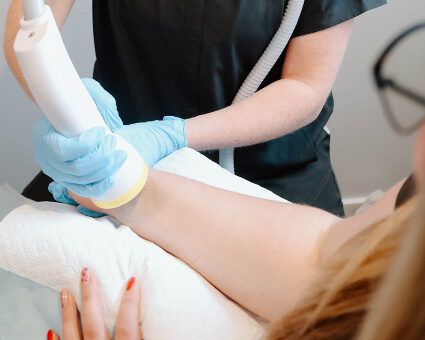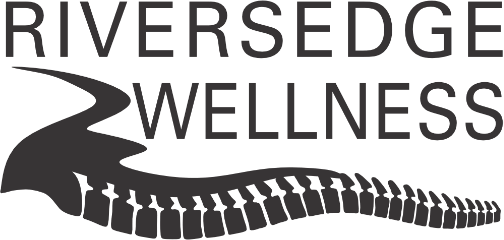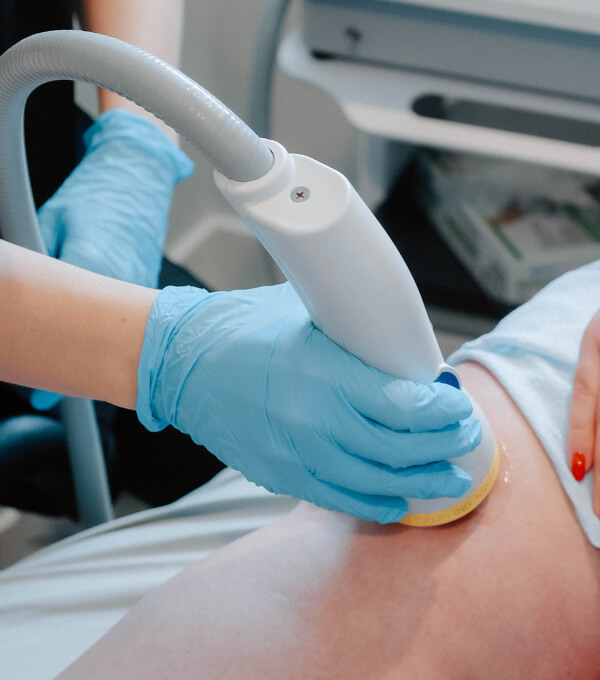
SoftWave Therapy
at Riversedge Wellness
Experience the latest innovation in shockwave therapy—a non-surgical solution used by major sports leagues and prestigious medical facilities like the Mayo Clinic and Harvard.
The Science of Natural Healing
Known as the “Rolls Royce” of shockwave therapy, SoftWave stimulates your body’s natural healing response to remodel damaged tissue. This FDA-cleared technology supercharges cellular energy by activating the mitochondria, promotes stem cell activity, and increases blood flow to injured areas. The result is faster healing and significant pain reduction without surgery.
Learn More About the Technology »
Get Professional-Grade Results
Your journey begins with our $69 discovery session, where we assess your condition and determine if this modality is right for you. An impressive 80% of patients report immediate improvement in pain levels, range of motion, and stability after their first visit. Each session is precisely targeted to your specific condition.
With effectiveness that’s been proven across professional sports, including MLB, NFL, NBA, and PGA Tour athletes, these same high-level results are available to all our patients, whether you’re dealing with chronic discomfort or recovering from a recent injury.
Providing a Complementary
Care Approach
It’s Time to Put Pain in Your Past
Take the first step toward pain-free living; schedule your $69 discovery session at Riversedge Wellness today and experience the power of SoftWave therapy.
CONTACT US

